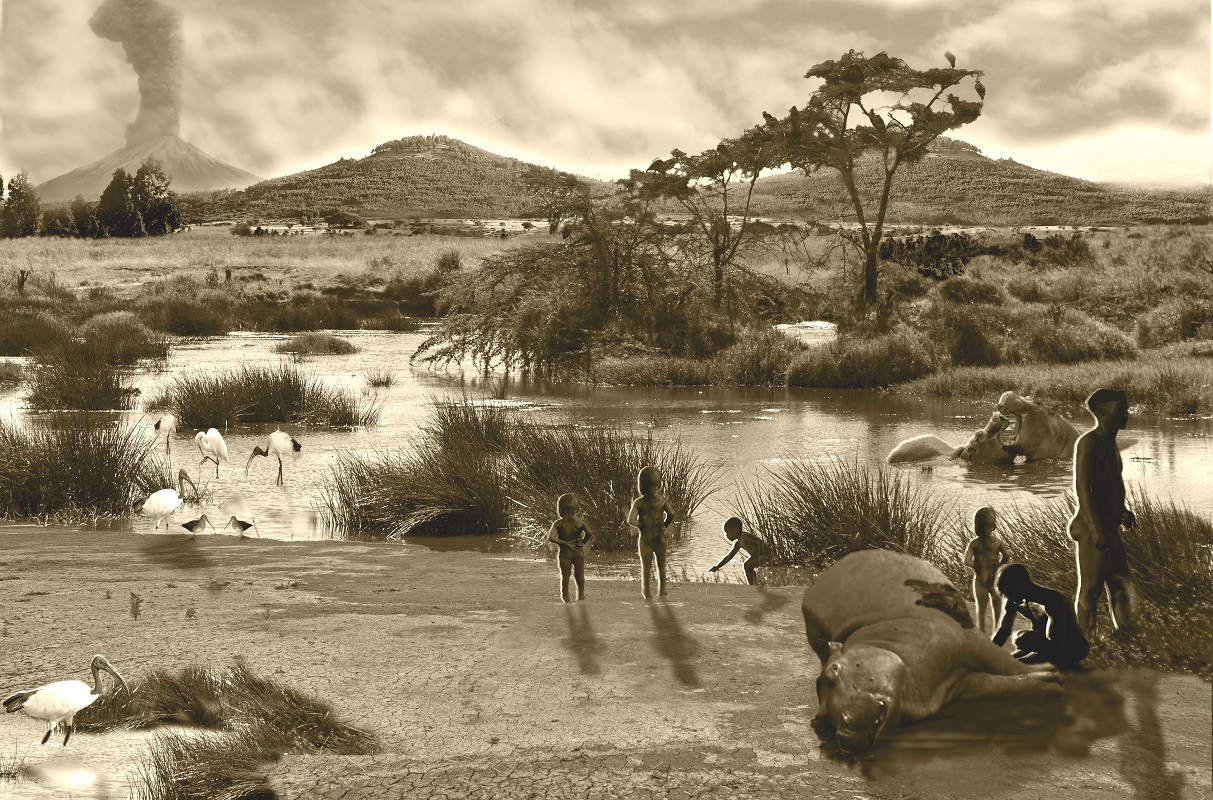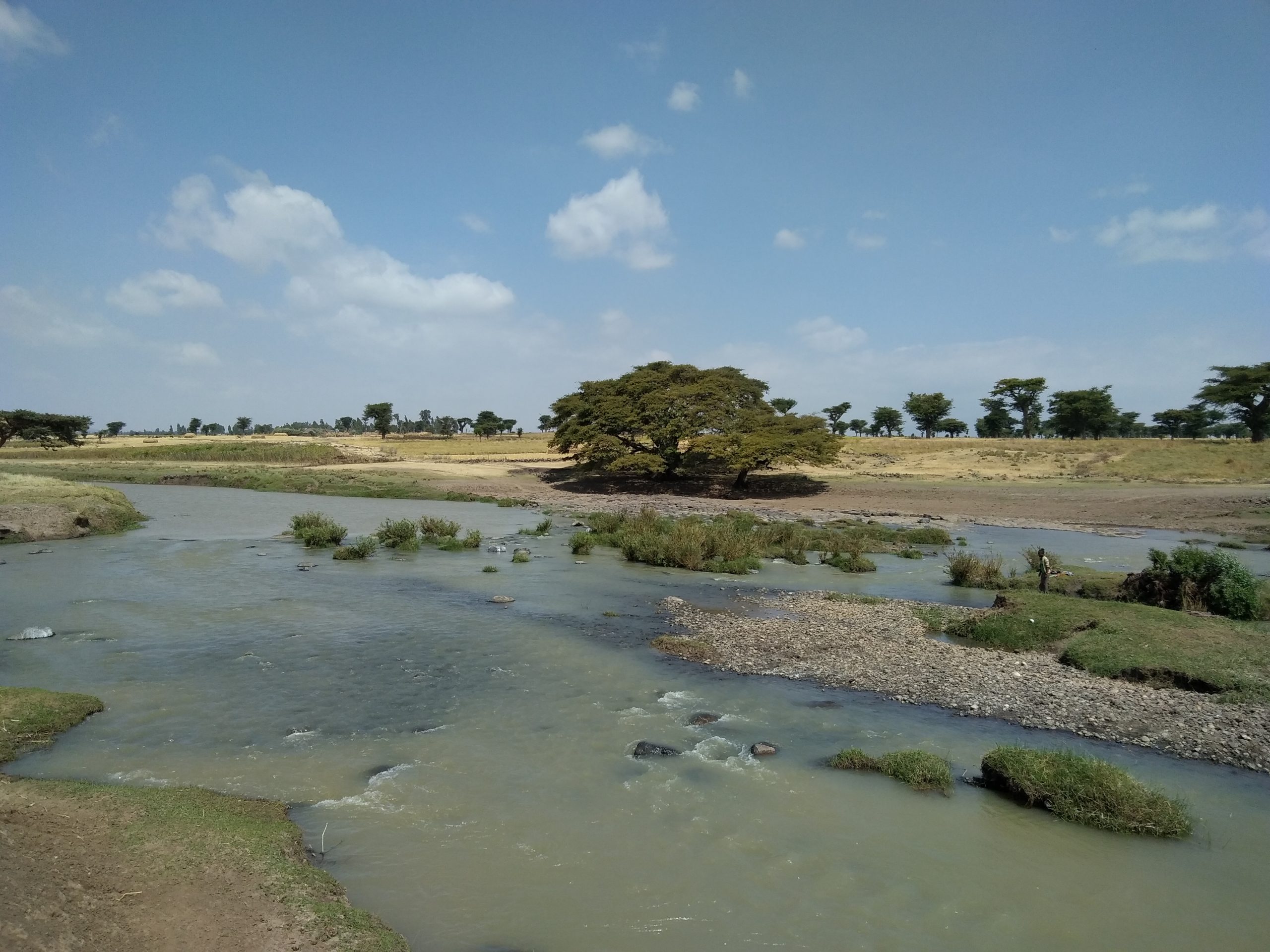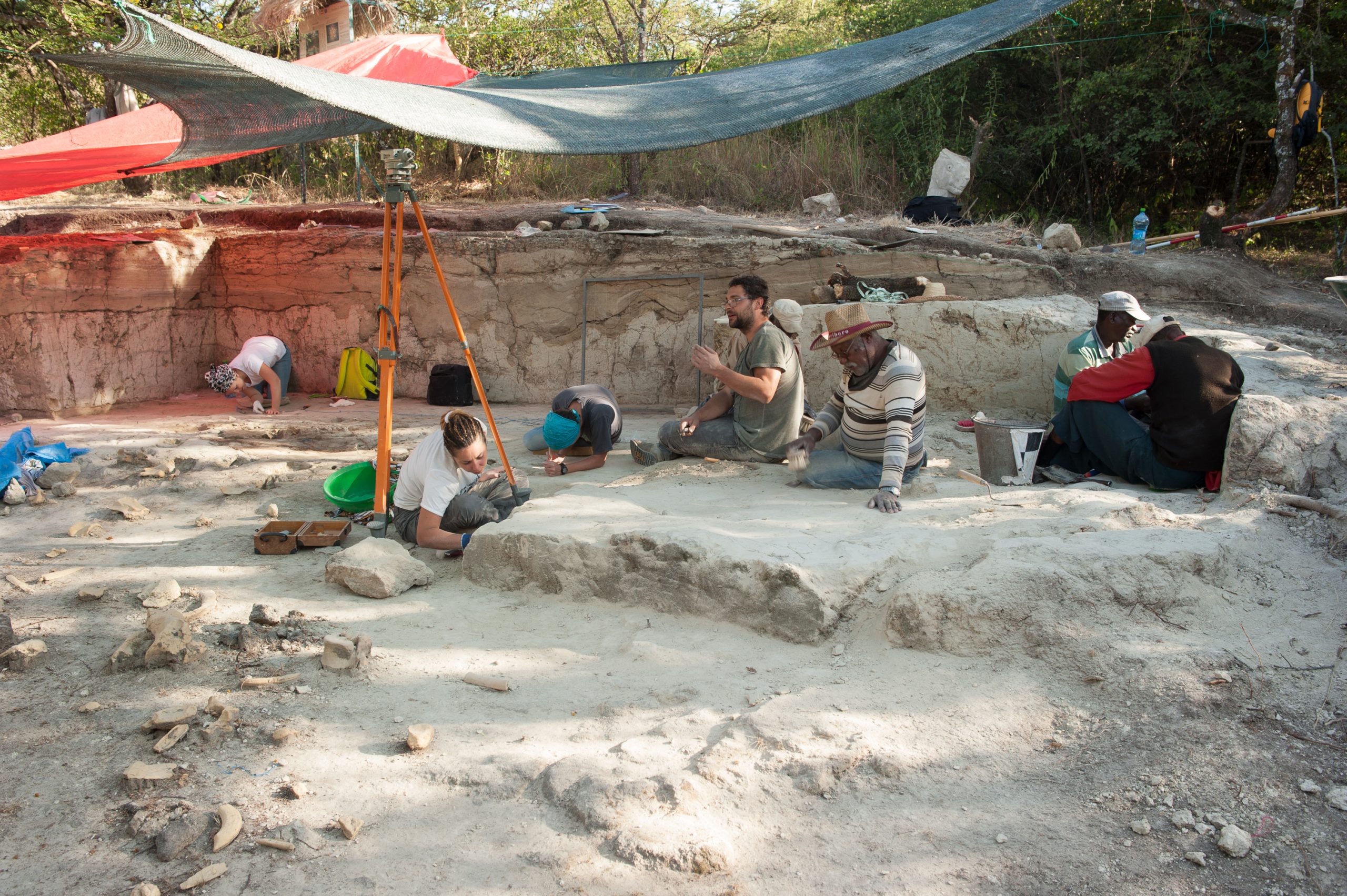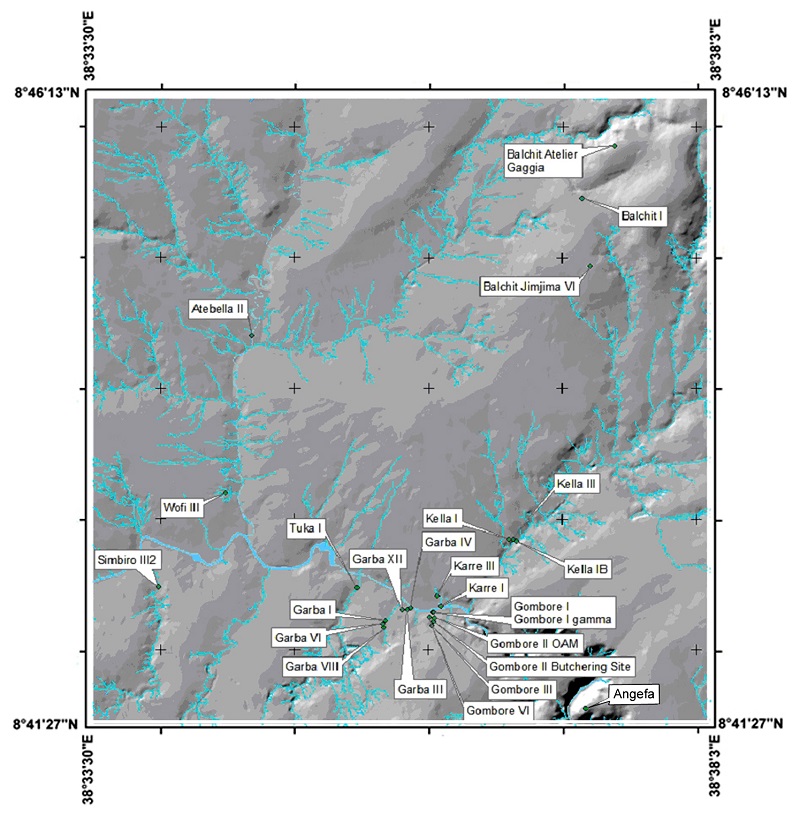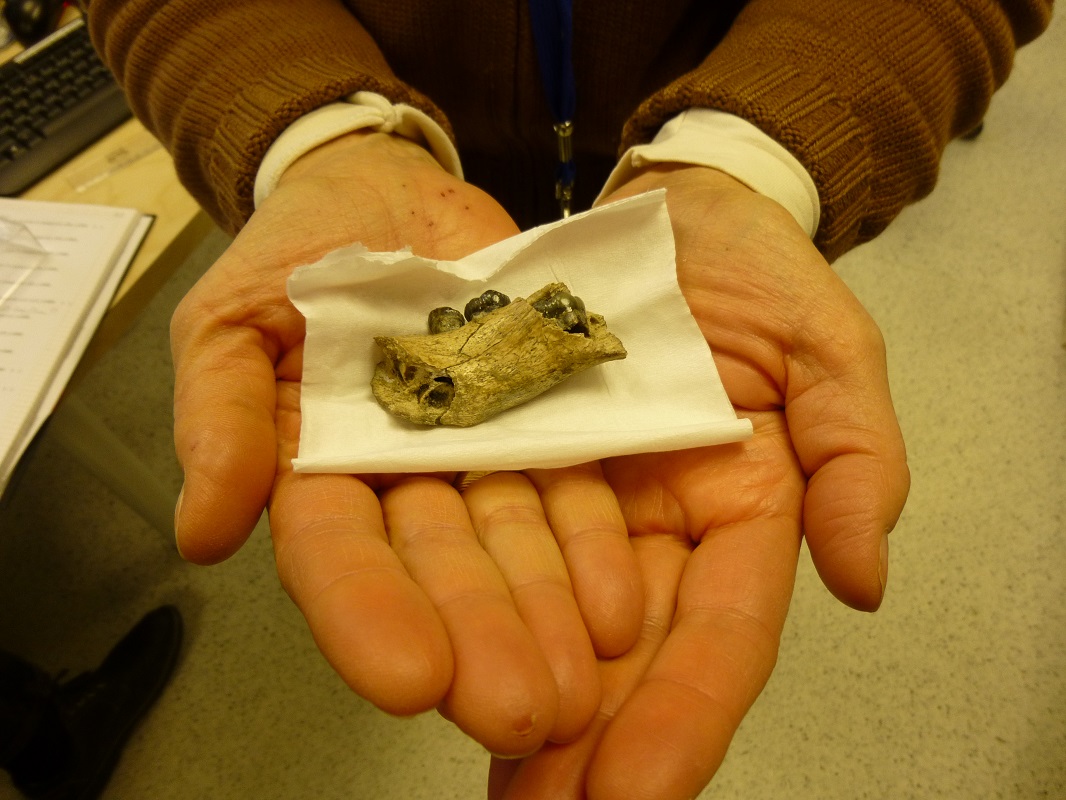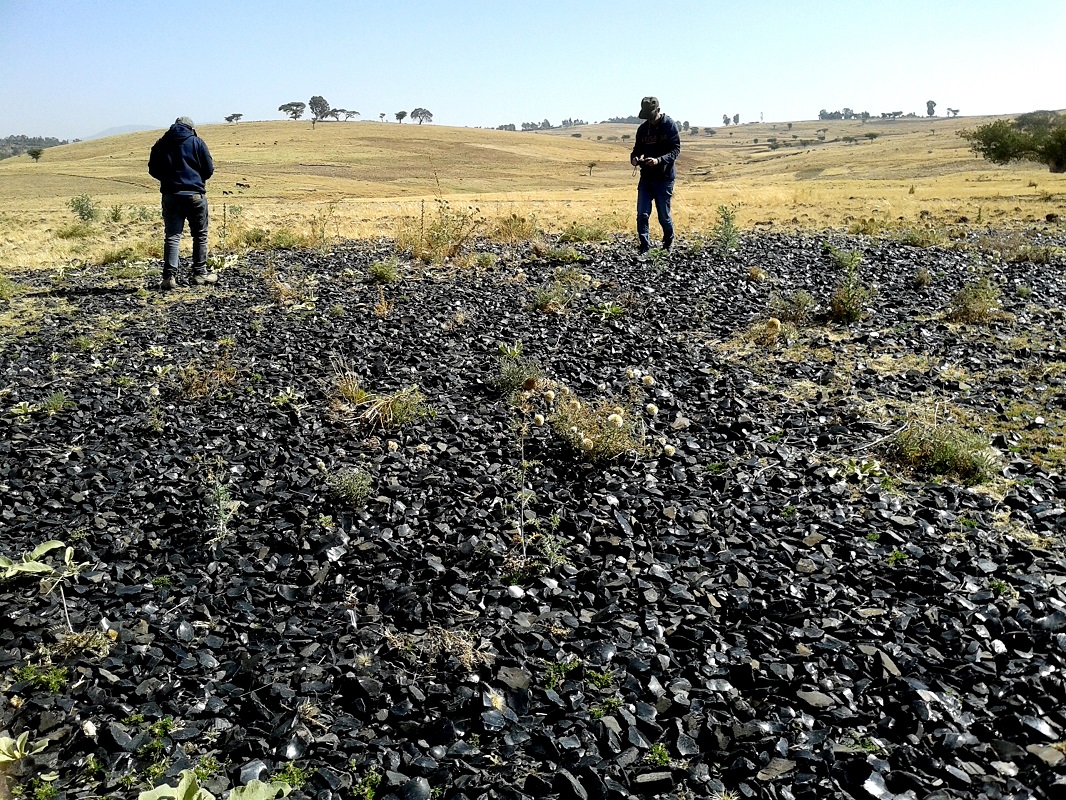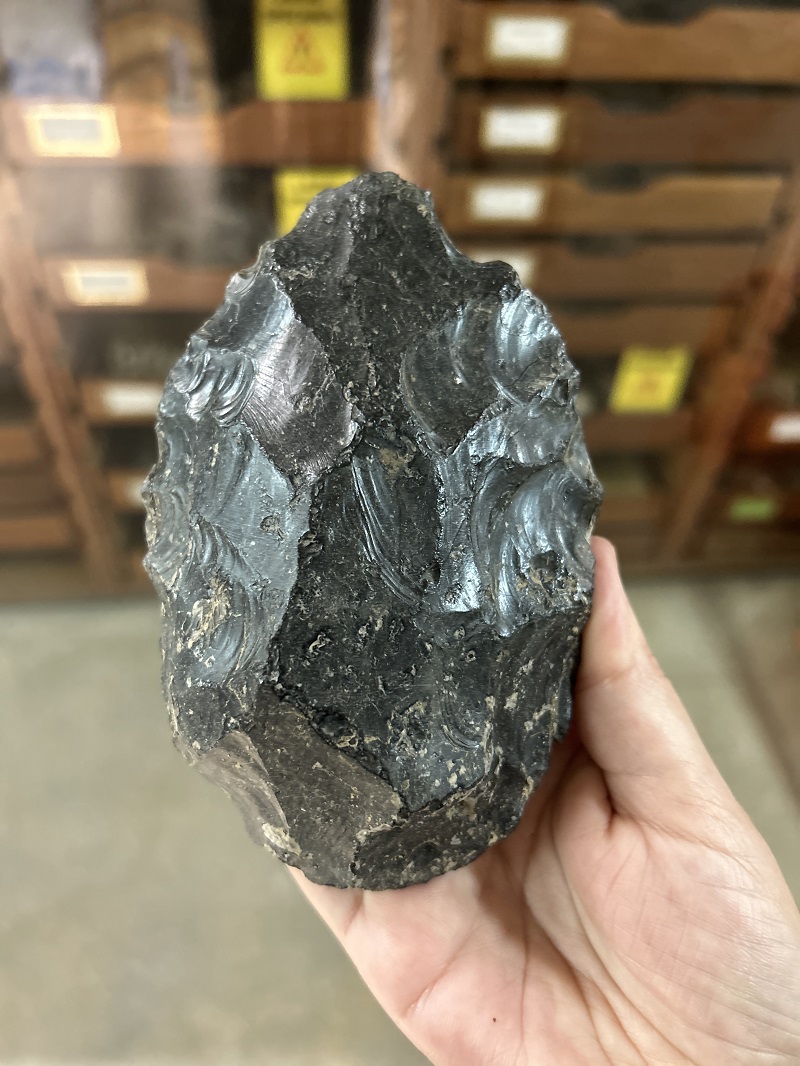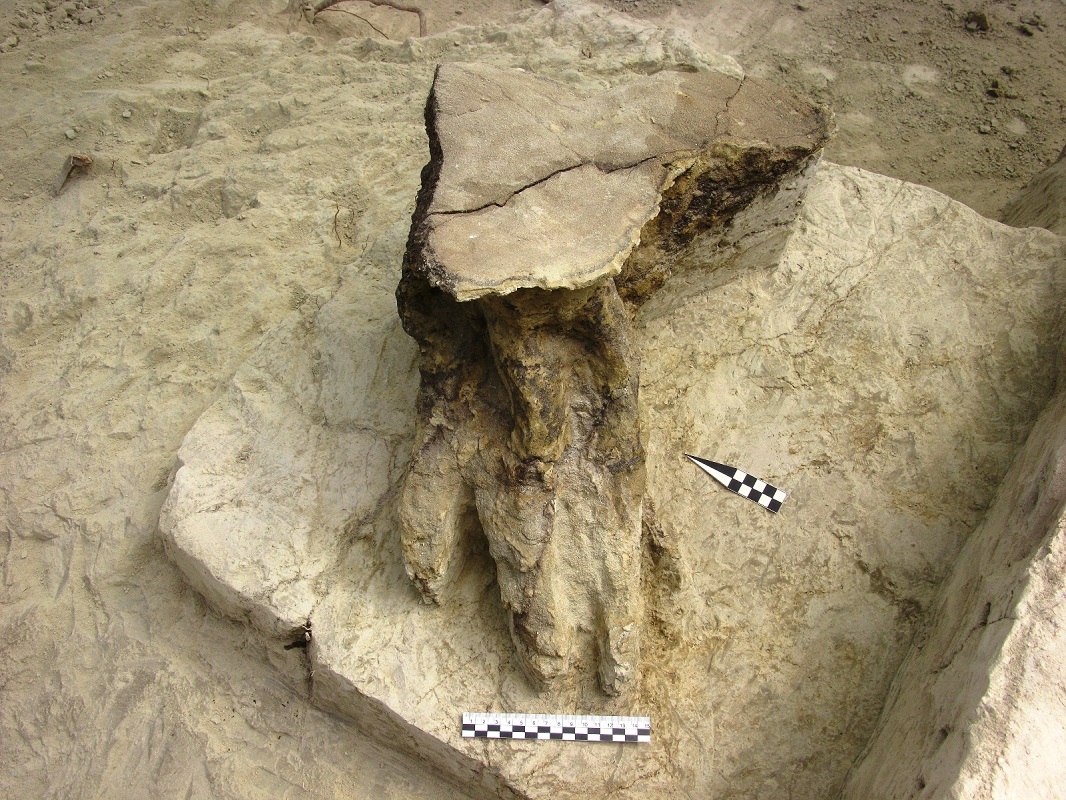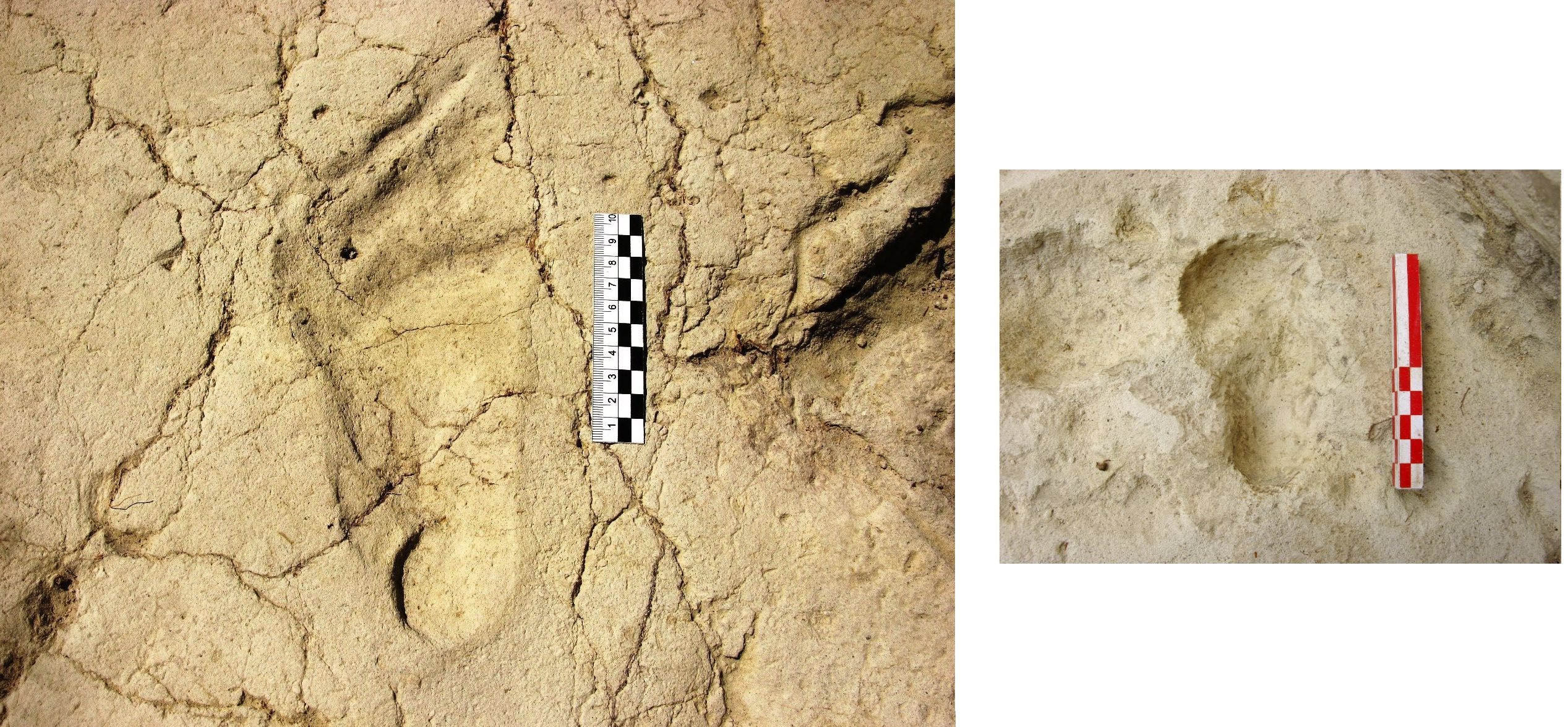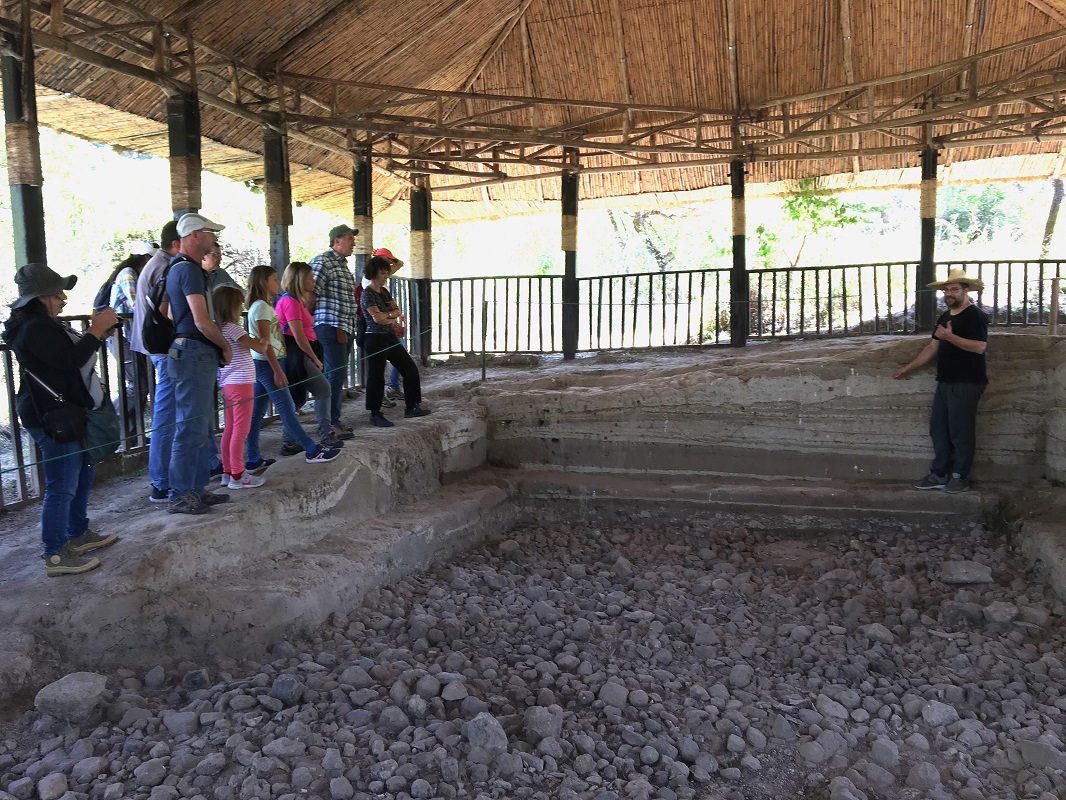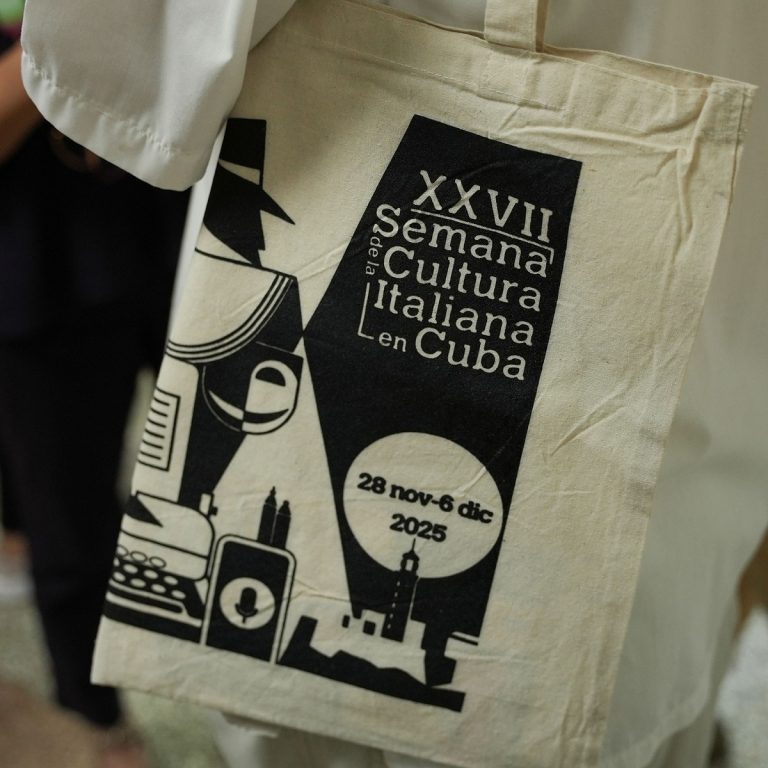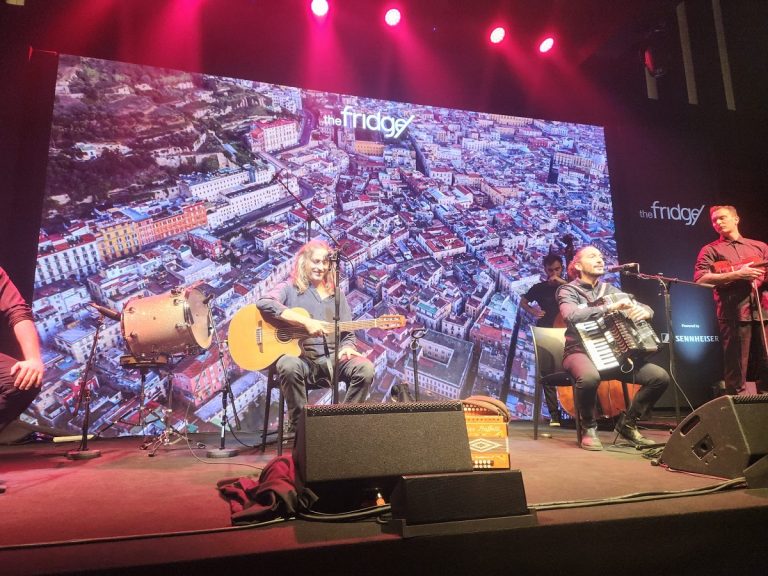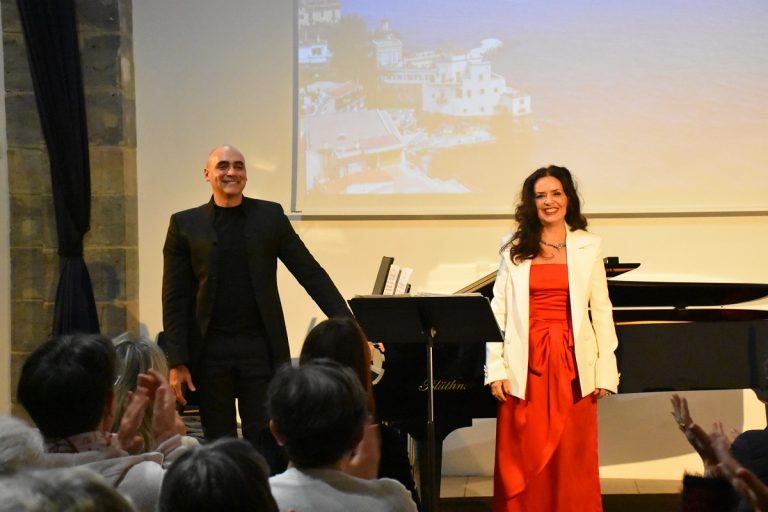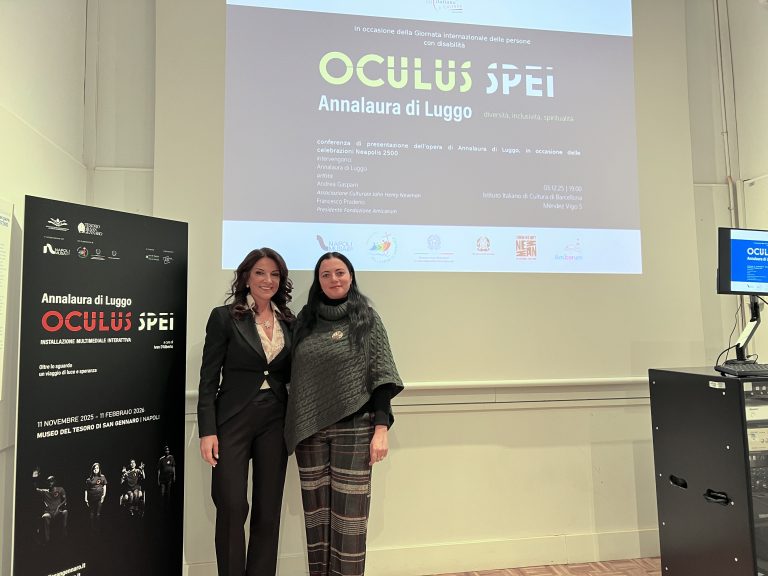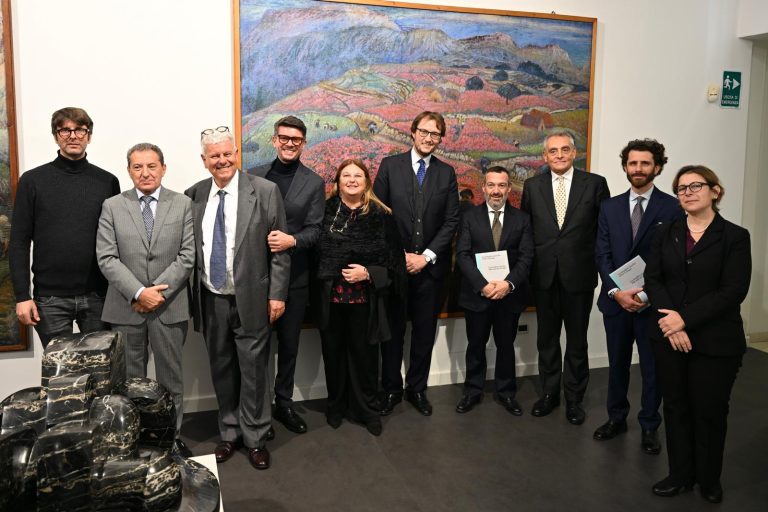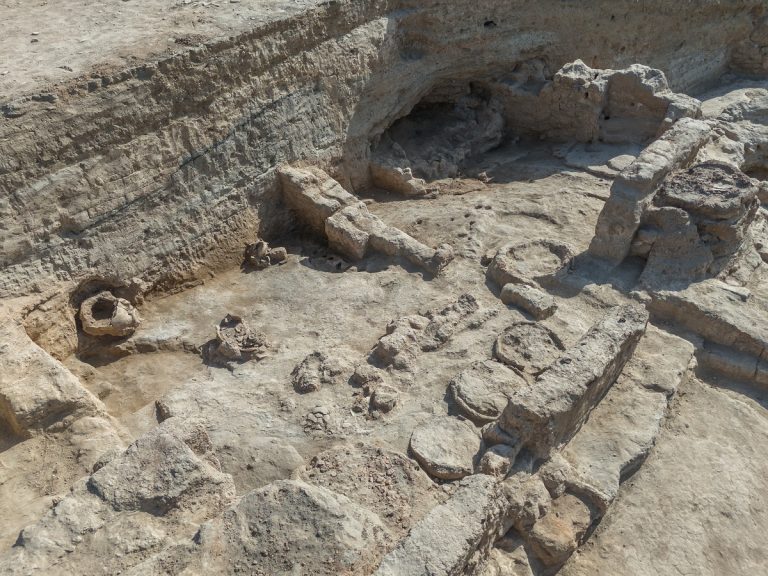Melka Kunture is a prehistoric site of the Ethiopian highlands researched by the Italo-Spanish Archaeological Mission with the support of MAECI and scientific institutions. The Ethiopian Authorities submitted the candidature of Melka Kunture (MK) to the World Heritage List and in 2024 UNESCO granted the prestigious inscription
At 2000-2200 m of altitude in the upper Awash Valley, MK actually is a cluster of sites, dated from 2,000,000 to 5,000 years ago by K/Ar, Ar/Ar and C14 coupled with magnetochronology and a detailed record of the deposits. During the Pleistocene the meandering paleo-Awash formed ephemeral shallow bodies of water, and nearby volcanoes intermittently erupted. Past vegetation, as shown by fossil pollen and phytoliths, never was of savanna type, but rather of Afromontane type, as today in East Africa above 1800m in elevation. Hippos and wildebeest were abundant with other bovids, giraffids, equids, suids, rare primates and carnivores.
The whole prehistory of Africa is recorded, from the Oldowan to the Acheulean to the Middle and Late Stone Age. At MK the Acheulean emerges with the iconic handaxes 1,950,000 years ago, before anywhere else. Hominin fossils discovered during archeological excavations connect them with the changing lithic tools: Homo erectus 2,000,000 years ago, i.e. before than in the Rift Valley, with Oldowan tools, and again with the early Acheulean; H. heidelbergensis, understood to be the common ancestor of H. neanderthalensis and H. sapiens, around 1,000,000 years ago with a later Acheulean; H. sapiens with the Middle Stone Age 200,000-150,000 years ago.
To make tools, various types of rocks were available, starting with obsidian, abundantly used at MK since the Oldowan. For the Acheulean handaxes the hominins sometimes used obsidian, which, however, is brittle. Basalt and other hard rocks were usually preferred.
Fossil footprints were also discovered. At Gombore II-2, 700,000 years old hippo footprints were retrieved with natural casts of whole legs. Around 750,000 years ago there are footprints of hippos, small birds, bovids and suids, together with those of hominins: adults – women and men – and 1-3 years old children. This family group left stone tools and the bones of the hippos that they had butchered.
The discoveries led to scientific publications in major international journals. The information is conveyed to a general public through a narrative which is both detailed and grounded in science. The local museum of MK welcomes thousands of visitors annually. Part of it is a display of archaeological remains, with explanatory panels and graphic reconstructions. Part are two archaeological areas, left open and protected after excavations.
credits: Archivio della Missione archeologica italo-spagnola a Melka Kunture e Balchit

